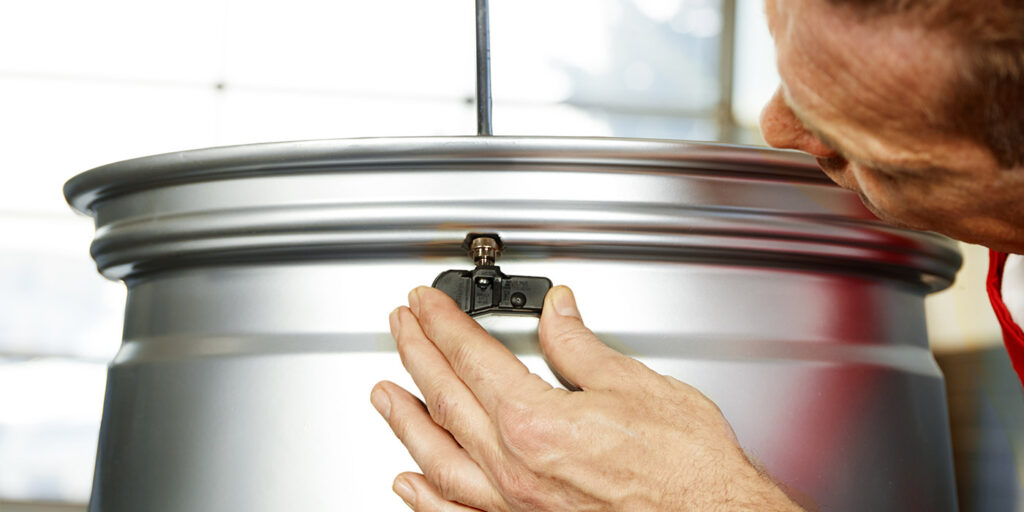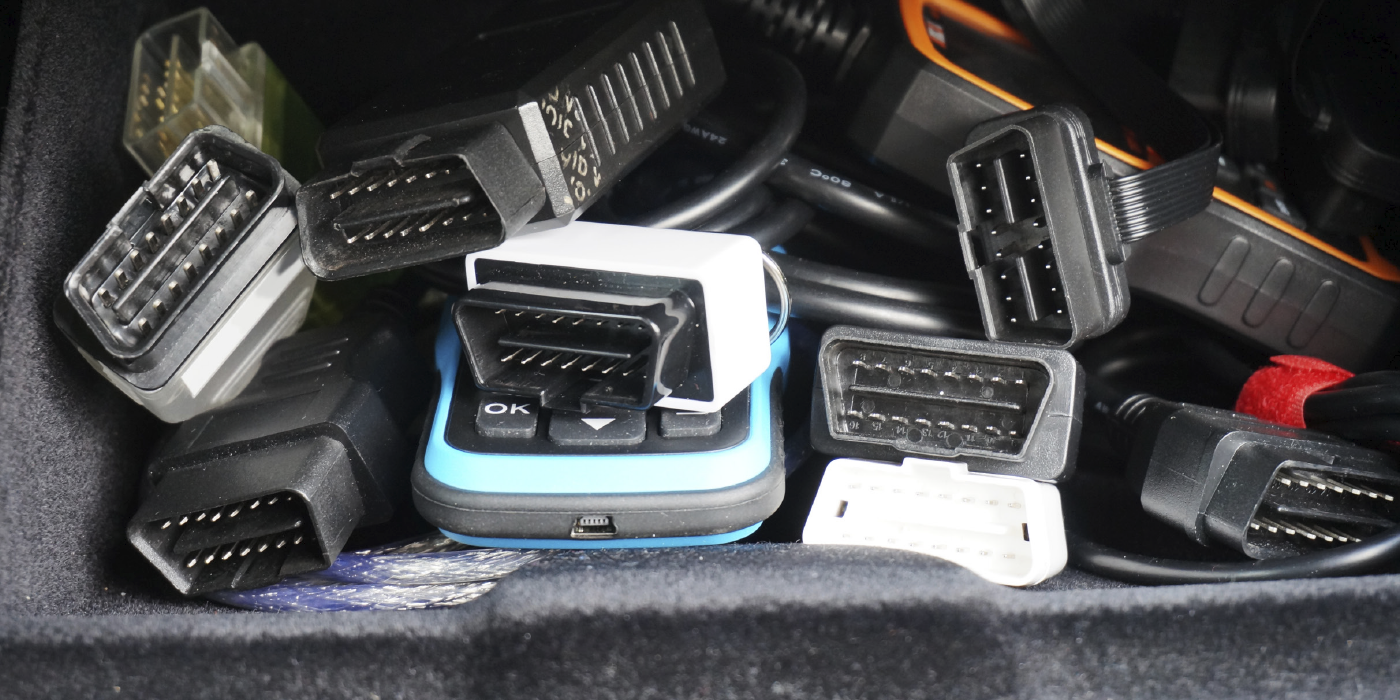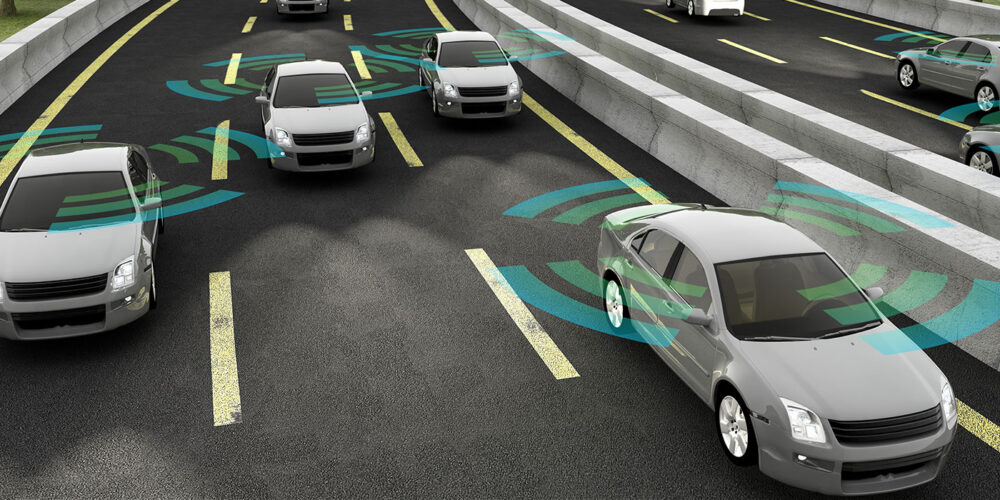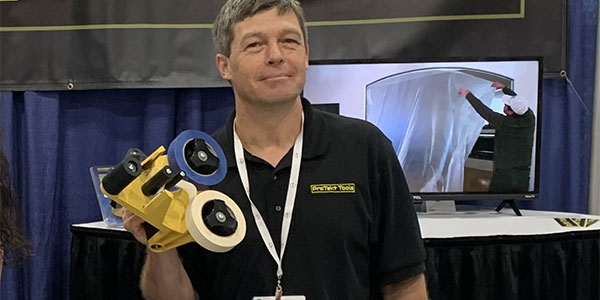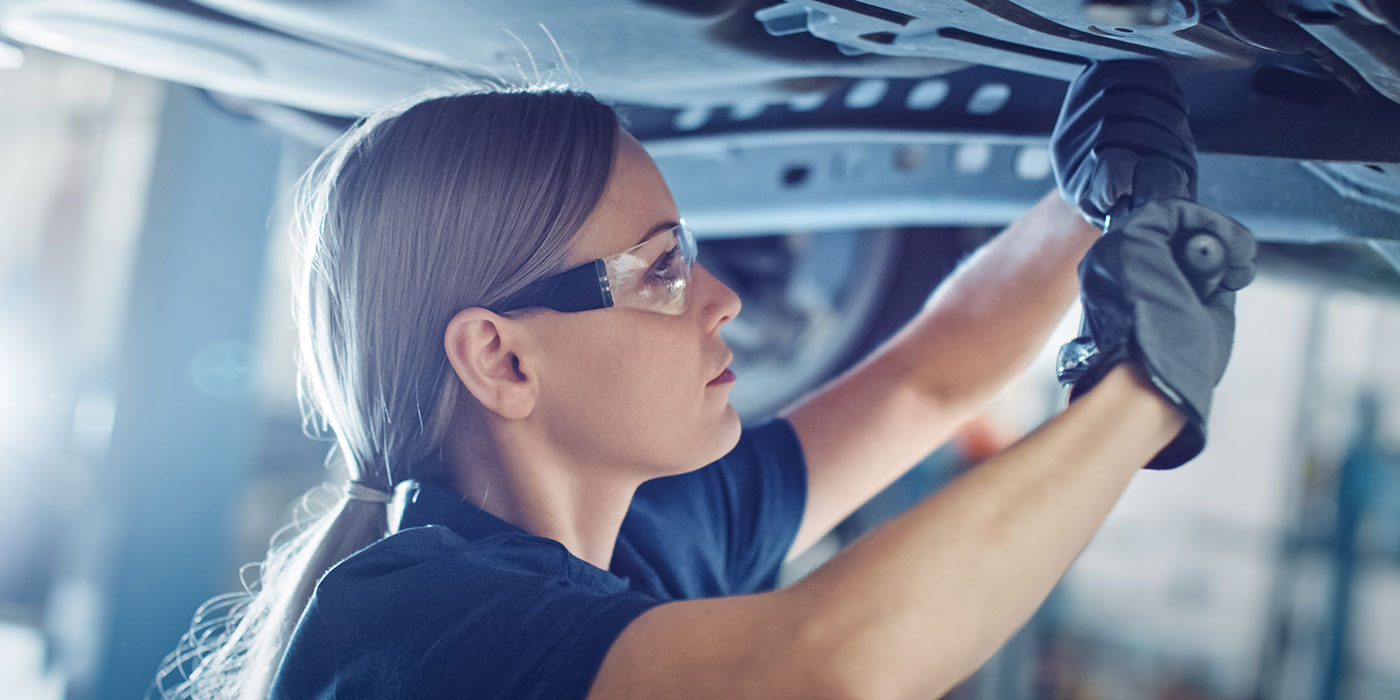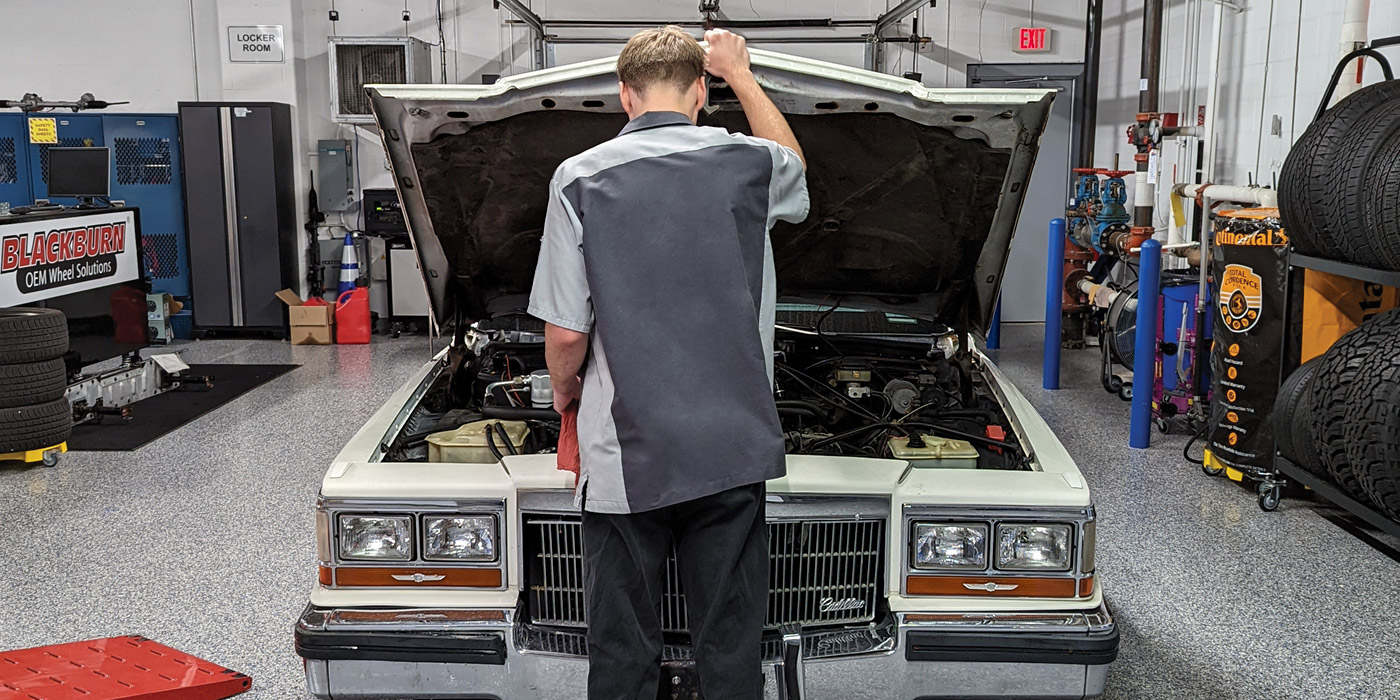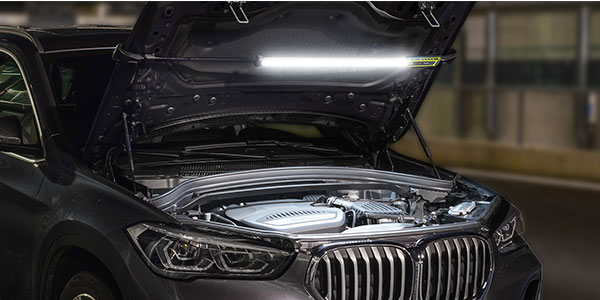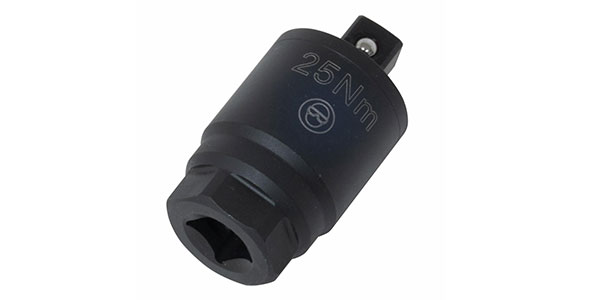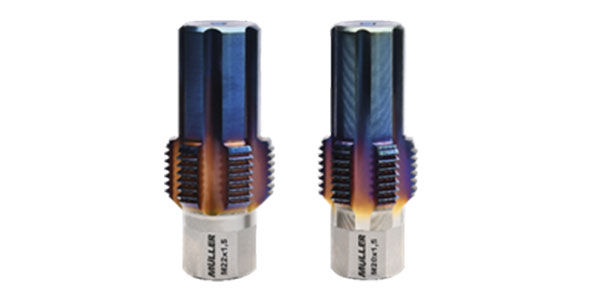TPMS service and successful TPMS programs are made possible by managing the important details. Consistent practices like testing the system prior to touching it, changing out service kits every time a tire is removed from the wheel, making sure your programming tools remain up to date and using high-quality products will make the difference between an inefficient TPMS program and a profitable, effective one. One of those small details that shouldn’t be overlooked is using proper torque practices when assembling the sensor.
Torquing shouldn’t be considered an extra step; it is more about performing a step completely. It is ensuring certain parts of the valve stem are attached at the proper tightness: not too loose or too tight, ensuring the safest possible attachment for your customer. Improper torque can lead to air leaks or even complete sensor detachment, ultimately leading to an unsafe system, a comeback, higher service costs and an unhappy customer.
There are multiple parts of the sensor that require torquing — pretty much anything that you must turn into place outside of the sealing cap. These include:
- The nut on aluminum clamp-in stems;
- the screw on rubber snap-in and those on some aluminum clamp-in stems; and
- the valve core on all types of valve stems.
Luckily, there are TPMS hand tools that make achieving the proper torque very simple. For the hand tool to be set to the proper torque, you simply need to tighten until you hear the “click.” The “click” signals the part is at the proper tightness. No matter how much you continue to turn the tool, and how many more “clicks” you hear, the tool will not allow the part to get any tighter. This will ensure that you have achieved the proper torque.
A FEW TIPS FOR TORQUING:
- Always check the sensor or valve manufacturer’s recommendation on torque measurements as they vary from brand to brand.
- After using an adjustable torque tool, set it back to zero to preserve the accuracy of the tool.
- Wipe down the surface of the valve and ensure it is free of debris before attaching and torquing screws, valve cores and nuts.
- Never use cleaners or lubricants prior to torquing.
Properly torquing valve parts during the repair process is a very important safety practice. If valve parts aren’t properly fastened, it can ultimately lead to a malfunctioning system. Make proper torquing an integral part of your TPMS service and ensure it is practiced consistently for the best possible TPMS customer experience. TS

